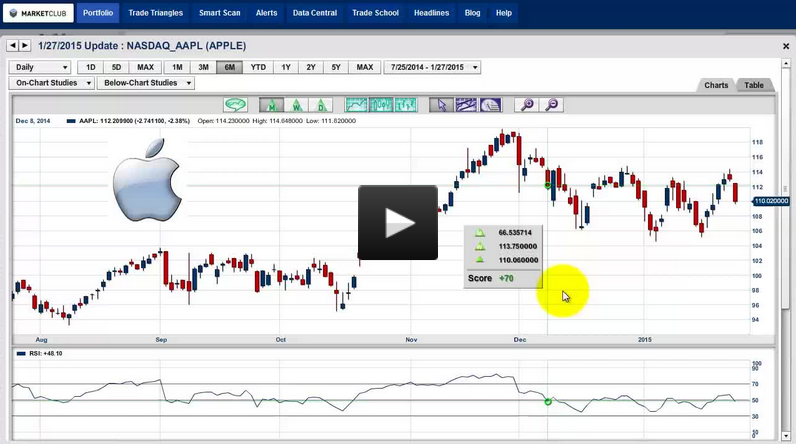By: Adam Fischbaum of
Street Authority
Over the holidays, I decided to drive to Orlando and give the Walt Disney Co. (NYSE: DIS) a few of my hard earned dollars. My 12 year-old son talked me into riding the Tower of Terror at Disney’s Hollywood Studios.
As a thrill ride, the Tower of Terror plays on three of humankind’s most basic fears: falling, the unknown and the dark. I wasn’t that concerned. In the investment biz, that’s just another day at the office.
But when it comes to the investing, I’ll be honest. I am a concerned about the stock market in 2015.
Here’s why: It’s all about earnings.
At the end of the day, an investor should buy a stock based on the underlying company’s ability to deliver quality, consistent earnings. Those earnings should also be purchased at a fair-to-discounted price as measured by a stock’s price-to-earnings ratio (PE).
In more bullish times, investors are sometimes a bit too optimistic about the future and will push stock prices and their attached PE’s higher. In bearish times, they often become too pessimistic and drive prices and PE’s down.
I took notice after working on this chart of peak PE ratios for the SP 500 Index.

The way the picture tells the story, we’re overly optimistic and at the same valuations as before the 2008-2009 crash.
So are we so positive? The current numbers don’t indicate a profoundly bullish market in 2015.
Consensus estimates for the SP 500's 2015 EPS are around $125. In 2014, the SP saw EPS at around $117.
If things go according to plan, the market would see EPS growth of about 6-to-7%. Curb your enthusiasm. Continue reading "Play Defense With This Strategy In 2015" →




